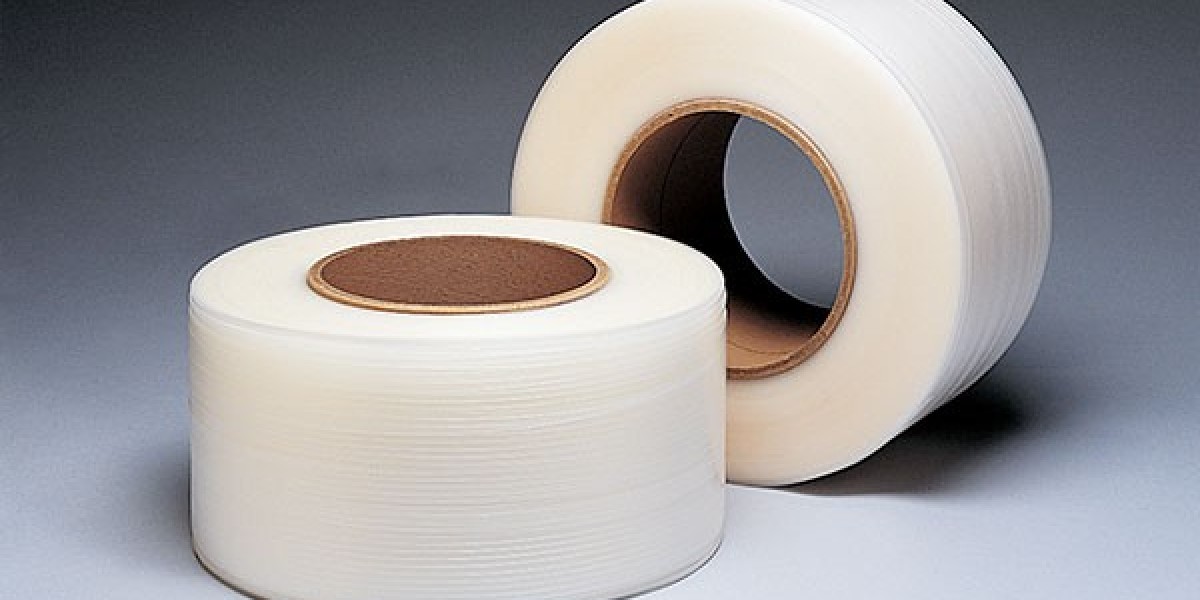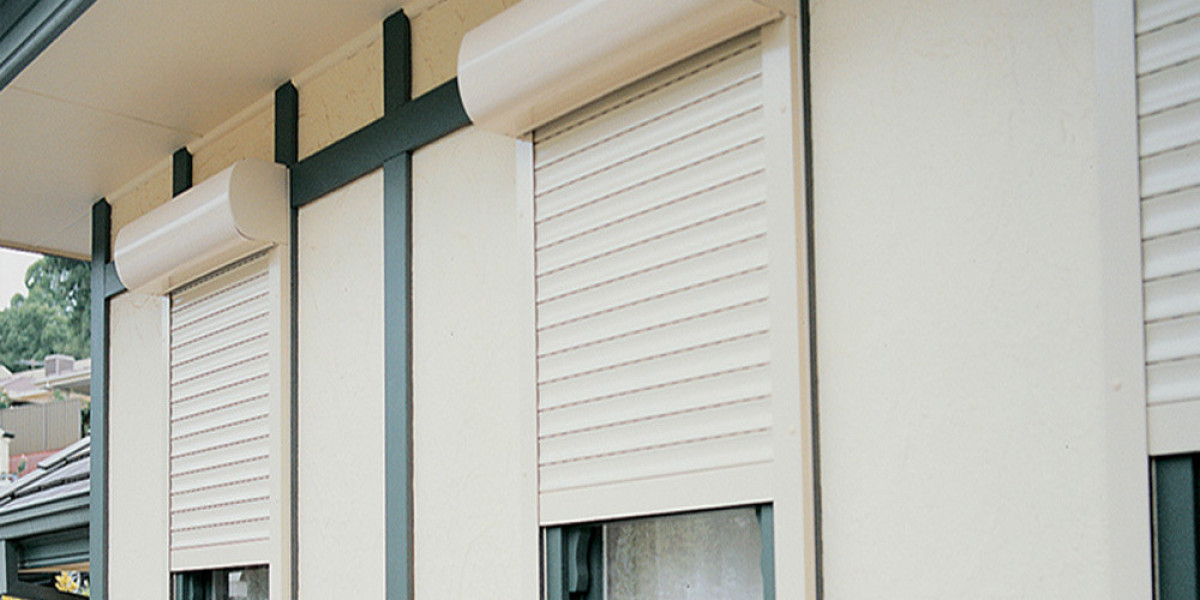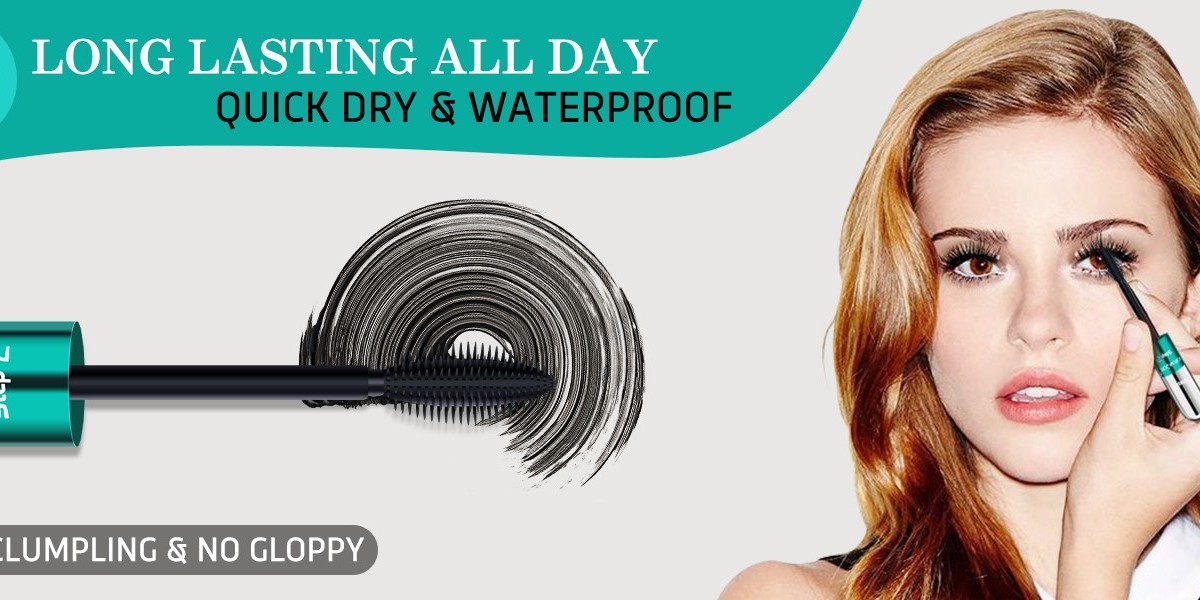Finding the right balance between cost, strength, and flexibility is crucial when securing packages for shipping or storage. That's where polypropylene strapping comes in. This lightweight yet durable strapping material offers an affordable solution without compromising on quality. Whether you're a business owner shipping products or someone preparing a simple storage solution, polypropylene strapping could be the perfect fit.
1. What is Polypropylene Strapping?
Polypropylene strapping is a form of plastic strapping material commonly used to bundle items together, reinforce cartons, or secure pallets for transport. Its lightweight nature, combined with its tensile strength, makes it a go-to solution for many industries. But what exactly sets polypropylene apart from other types of strapping? In simple terms, it’s its balance between affordability and effectiveness.
Polypropylene is a thermoplastic polymer, which means it can be melted down and molded multiple times without losing its strength. This property makes it versatile for various packaging needs.
2. Why is Polypropylene Strapping Affordable?
Why does polypropylene strapping cost less than other materials? It's all about the raw material and manufacturing process. Polypropylene is made from readily available petrochemicals, which keeps the production cost low. As a result, businesses can purchase it in bulk without breaking the bank.
Its affordability doesn’t mean you’re sacrificing quality. Polypropylene strapping offers excellent durability for the price. Consider buying a sturdy, reliable pair of shoes that doesn’t drain your wallet.
3. Flexibility and Strength: A Perfect Balance
Polypropylene strapping strikes the perfect balance between flexibility and strength. It’s flexible enough to wrap around oddly shaped objects without breaking but strong enough to hold heavy loads securely. This is especially beneficial for packaging operations that require a custom fit.
Picture wrapping a gift. You want the wrapping to be tight enough to hold everything together, but you don’t want it to tear. Polypropylene strapping works similarly, providing just the right amount of tension without sacrificing durability.
4. Applications of Polypropylene Strapping
Where can you use polypropylene strapping? The answer: almost anywhere. Its uses span across industries such as:
Logistics and shipping: Securing boxes, pallets, and large shipments.
Construction: Bundling pipes, lumber, and other materials.
Food and beverage: Wrapping cases of bottles, cans, or containers.
E-commerce: Packaging for shipping small to large products.
The flexibility of polypropylene makes it adaptable to numerous environments, both indoors and outdoors.
5. Comparing Polypropylene with Other Materials
While polypropylene is a fantastic option, how does it compare with other materials like polyester, steel, or nylon strapping?
Polyester strapping: More durable but also more expensive.
Steel strapping: Strongest for heavy-duty loads but lacks flexibility and is prone to rust.
Nylon strapping: High tensile strength but much more costly than polypropylene.
Polypropylene strikes a middle ground, offering enough strength for most applications at a fraction of the cost of these alternatives.
6. Environmental Impact of Polypropylene
A common concern about plastic products is their environmental impact. Polypropylene strapping is relatively eco-friendly because it’s recyclable and can often be reused. Many manufacturers offer recycled polypropylene strapping, which further reduces the carbon footprint.
While not biodegradable, polypropylene can be part of a sustainable packaging solution when recycled properly.
7. How to Use Polypropylene Strapping
Using polypropylene strapping is straightforward, but like all tools, there's a right way to do it.
Choose the correct width and thickness: The strapping size depends on your load's weight.
Wrap it tightly around the package: Ensure the strapping is snug to prevent shifting.
Use a tensioner: A tool that tightens the strapping to ensure it stays secure.
Seal it with a buckle or seal: This will hold the strapping in place.
Following these steps will ensure your packages stay safe during transport.
8. Safety Measures When Using Polypropylene
Though it's relatively easy to use, polypropylene strapping comes with a few safety tips to keep in mind:
Wear protective gloves: Strapping can sometimes cause cuts when handled incorrectly.
Use proper tension: Over-tightening can cause the strapping to snap, potentially injuring the handler.
Store correctly: Keep strapping in a dry place to avoid weakening the material.
Adhering to these safety precautions can prevent accidents and ensure smooth packaging operations.
9. Buying Polypropylene Strapping: Tips and Tricks
When purchasing polypropylene strapping, there are a few things to consider:
Buy in bulk: Buying larger quantities’s much cheaper per unit.
Check the quality: Not all polypropylene strapping is created equal. Ensure you buy from a reputable manufacturer.
Consider your specific needs: Different projects require different strength levels, so choose the right thickness and width.
A little foresight can go a long way in getting the most bang for your buck.
10. Future of Polypropylene Strapping
The future of polypropylene strapping looks promising as industries seek affordable and sustainable packaging options. Technological advances may further improve its recyclability, making it an even more eco-friendly choice.
As businesses push for more environmentally conscious products, polypropylene will likely remain a key player in the packaging industry.
11. Why Choose Polypropylene Over Other Strapping?
What makes polypropylene strapping stand out? It’s affordable, versatile, and environmentally friendly. While other materials may be stronger or more durable, they come at a higher cost. Polypropylene is more than sufficient for most packaging needs, offering a balance of strength, flexibility, and cost-effectiveness.
12. The Cost-Effectiveness of Polypropylene
One of the biggest draws of polypropylene strapping is its cost-effectiveness. For businesses managing tight margins, this can be a game-changer. Its lower price point doesn’t mean sacrificing quality, and when used correctly, it can be as durable as more expensive alternatives.
13. How to Recycle Polypropylene Strapping
Recycling polypropylene strapping is easy. Most recycling centers accept it, and you can also repurpose it for other packaging needs. Simply bundle used strapping together and drop it off at your local recycling facility.
Repurposing it for smaller packaging jobs or craft projects is another great way to extend its life.
14. Real-Life Examples of Polypropylene in Use
Let’s look at a few real-world applications:
E-commerce companies: Polypropylene strapping is often used to secure boxes and pallets during shipping.
Construction sites: Polypropylene strapping is commonly used to bundle building materials like pipes and wooden beams.
Grocery stores: Large cases of bottled beverages are often secured with polypropylene strapping.
Each of these industries relies on the material for its balance of affordability and strength.
15. Conclusion
Polypropylene strapping offers a cost-effective, flexible, and durable solution for your packaging needs. Polypropylene is a reliable option that won’t break the bank, whether you're securing small packages or large shipments. Its recyclability adds another layer of value, making it not just a smart financial choice but also an environmentally conscious one.
FAQs
1. What is the difference between polypropylene and polyester strapping?
Polypropylene is more affordable but slightly less durable, while polyester is stronger and more suitable for heavy loads.
2. Can polypropylene strapping be used outdoors?
Yes, but prolonged exposure to sunlight can degrade the material over time. UV-resistant versions are available.
3. How strong is polypropylene strapping?
Polypropylene strapping has good tensile strength, suitable for securing medium-weight loads, but it’s not ideal for heavy-duty applications.
4. Is polypropylene strapping recyclable?
Yes, polypropylene is recyclable and can be reused in various ways, reducing its environmental impact.
5. How do I know which size of polypropylene strapping to buy?
The size depends on the weight and dimensions of the items you're securing. Heavier loads require thicker and wider strapping for better support.









